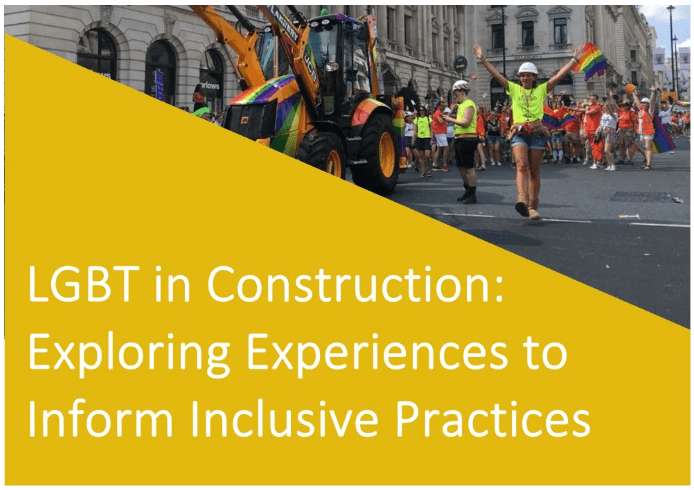

Most of the scientific research in this area has relied on measures of sexual identity (mostly on gay and lesbian identities) there is much less empirical research on gender identity or expression and even less on the health and well-being of intersex children and adolescents. In recent years, scholars have begun to trace many such risks to experiences of stigma and discrimination, whether at home, in the form of family rejection ( Parker et al., 2018), or at school, in the form of bullying by peers ( Moyano and del Mar Sánchez-Fuentes, 2020). These vulnerabilities are one of the earliest and most consistent areas of scientific evidence regarding the lives of SGD people ( Russell and Fish, 2016). Research over recent years has found that SGD youth show high rates of behavioral, mental, and physical health risks ( Institute of Medicine, 2011 Russell and Fish, 2016). SOCIAL AND FAMILY RELATIONSHIPS IN CHILDHOOD AND ADOLESCENCE In assessing the evidence, attention is devoted to contexts of relationships (such as stigma and discrimination), diversity in social ties as a function of diverse identities (such as sex and gender, social and economic status, and race and ethnicity), and on factors related to risk and resilience. The discussion focuses on research about relationships in childhood and adolescence, on parenting and parent-child relationships, and on social ties in adulthood. This chapter presents an overview of research findings relevant to social relationships and family lives across the life course. Close social ties can help individuals cope with sexual minority stress and offer sources of connection, resilience, and support that foster health and well-being ( Umberson and Thomeer, 2020). Beginning in childhood, SGD populations face unique sources of stigma and discrimination due to SGD status that may introduce strain in relationships with others, inhibit family formation, and contribute to social isolation ( Patterson, 2019 Riskind and Patterson, 2010 Russell and Fish, 2016). Sexual and gender diverse (SGD) populations have not been a focus of this research to date, even though minority stress and discrimination experienced by SGD populations contribute to patterns of social engagement and patterns of isolation. Throughout adulthood, people who are more socially connected have better mental and physical health and lower mortality than those who are more socially isolated ( Yang et al., 2016).


Supportive and stable relationships foster health and well-being, and relationships early in life have implications for the quality and stability of social ties in adolescence and adulthood. Close relationships and social connections, such as those found in families, are fundamentally important to health and well-being throughout life ( Umberson and Karas Montez, 2010 Umberson and Thomeer, 2020). Decades of study reveal that individuals who are relatively more socially connected are in better health and live longer than those who are relatively more socially isolated ( Holt-Lunstad, Smith, and Layton, 2010).


 0 kommentar(er)
0 kommentar(er)
